Home>Renovation & DIY>Home Renovation Guides>How To Finance Home Improvements Without Equity?
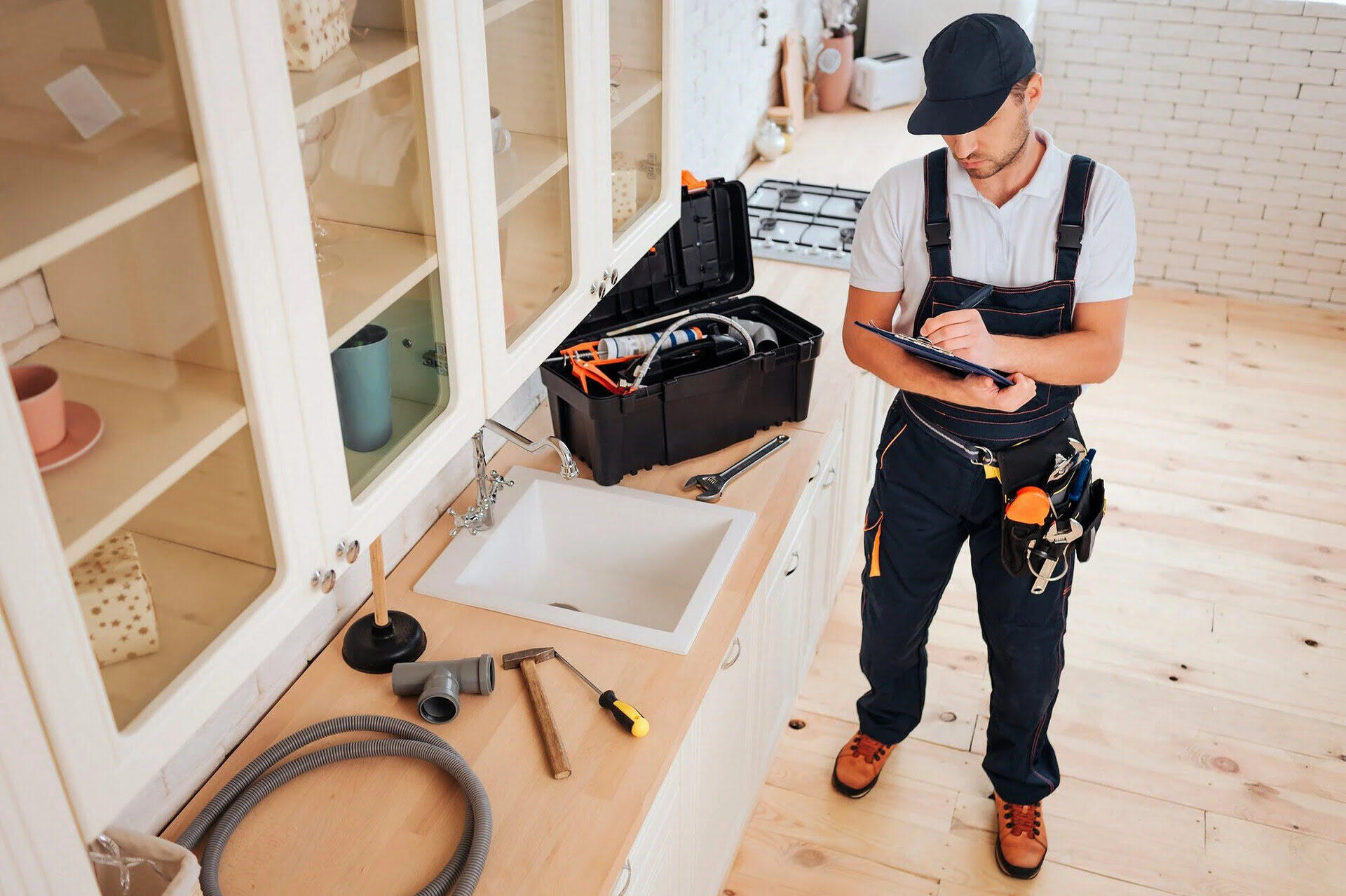

Home Renovation Guides
How To Finance Home Improvements Without Equity?
Modified: January 9, 2024
Learn how to finance home renovations without equity with our comprehensive home renovation guides. Get expert tips and advice to fund your home improvement projects.
(Many of the links in this article redirect to a specific reviewed product. Your purchase of these products through affiliate links helps to generate commission for Storables.com, at no extra cost. Learn more)
Introduction
Embarking on home improvement projects is an exciting endeavor that can breathe new life into your living space, enhance functionality, and potentially increase the value of your property. However, the prospect of financing such projects without leveraging home equity can be daunting. Whether you're aiming to remodel your kitchen, upgrade your bathroom, or undertake a full-scale renovation, there are various avenues to explore when seeking funding.
In this comprehensive guide, we will delve into the diverse options available for financing home improvements without relying on home equity. From personal loans and credit cards to government programs and specialized home improvement loans, we will navigate through the intricacies of each avenue, shedding light on their potential benefits and considerations. Additionally, we will explore the possibility of utilizing 401(k) loans as a source of funding for your home improvement ventures.
By the end of this guide, you will have gained valuable insights into the diverse array of financial resources at your disposal, enabling you to make informed decisions and embark on your home improvement journey with confidence. Let's dive into the realm of non-equity-based financing options and unlock the potential to transform your living space into the haven of your dreams.
Key Takeaways:
- Transform your home without using home equity by exploring personal loans, credit cards, government programs, home improvement loans, and 401(k) loans. Each option offers unique benefits and considerations for financing your renovation projects.
- Non-equity-based financing options provide flexibility and accessibility for homeowners to embark on home improvement projects with confidence. From quick personal loans to leveraging retirement savings, there are diverse avenues to fund your renovation aspirations.
Personal Loans
Personal loans represent a flexible and accessible option for financing home improvements without tapping into your home equity. These unsecured loans can be obtained from banks, credit unions, or online lenders, offering fixed interest rates and a predetermined repayment schedule. The absence of collateral requirements distinguishes personal loans from home equity loans or lines of credit, making them an attractive choice for homeowners.
When considering personal loans for home improvements, it’s imperative to assess your creditworthiness and compare offers from various lenders to secure favorable terms. Lenders typically evaluate your credit score, income, and debt-to-income ratio to determine the loan amount and interest rate you qualify for. While a higher credit score enhances your chances of securing a loan with a lower interest rate, there are options available for individuals with less-than-perfect credit.
One of the key advantages of personal loans is the speed of approval and disbursement, allowing you to swiftly initiate your home improvement projects without prolonged waiting periods. Moreover, the fixed monthly payments over a specified loan term facilitate budgeting and financial planning, offering predictability and stability throughout the repayment phase.
It’s essential to conduct thorough research and compare the terms and conditions offered by different lenders, considering factors such as interest rates, origination fees, and prepayment penalties. By carefully evaluating the options and aligning them with your financial goals, you can secure a personal loan that empowers you to revitalize your home environment and embark on transformative renovations.
As you explore the realm of personal loans for home improvements, envision the potential to actualize your renovation aspirations without encumbering your home equity. By leveraging the accessibility and versatility of personal loans, you can embark on your home improvement journey with confidence, knowing that a tailored financial solution is within reach.
Credit Cards
When contemplating home improvement financing options, credit cards emerge as a versatile and readily accessible resource that can facilitate the realization of your renovation endeavors. Whether you opt for traditional credit cards or specialized home improvement credit lines, this avenue offers a convenient means of funding your projects without relying on home equity.
Traditional credit cards present homeowners with the flexibility to cover smaller-scale home improvements or address immediate renovation needs. By leveraging your existing credit cards, you can procure materials, engage service providers, and navigate unforeseen expenses associated with your home improvement projects. However, it’s crucial to approach credit card utilization judiciously, ensuring that you can manage the accrued balances and align the repayment schedule with your financial capabilities.
On the other hand, specialized home improvement credit lines, often offered by home improvement retailers or financial institutions, cater specifically to renovation-related expenses. These credit lines may feature promotional periods with low or zero-interest rates, providing a window of opportunity to make substantial progress on your home improvement projects while mitigating interest costs. By strategically leveraging these specialized credit lines, you can optimize your purchasing power and capitalize on favorable financing terms.
As with any financial instrument, responsible credit card usage is paramount. It’s essential to monitor your credit card balances, adhere to payment deadlines, and avoid excessive utilization that could strain your financial well-being. By exercising prudence and strategic planning, credit cards can serve as a valuable tool for financing home improvements, enabling you to initiate and complete renovation projects with agility and efficiency.
By embracing the potential of credit cards as a non-equity-based financing option, you can navigate the landscape of home improvements with confidence, leveraging the accessibility and flexibility inherent in this financial avenue. Whether you opt for traditional credit cards or specialized home improvement credit lines, the prudent utilization of credit cards can propel your home improvement aspirations from conception to realization.
Government Programs
Government programs encompass a spectrum of initiatives and incentives designed to support homeowners in their pursuit of home improvements and renovations. These programs, offered at the federal, state, and municipal levels, aim to alleviate the financial burden associated with enhancing residential properties, making home improvement endeavors more accessible and affordable for homeowners.
One prominent avenue within the realm of government programs is the Federal Housing Administration (FHA) Title I Property Improvement Loan program. This initiative enables homeowners to secure loans for home improvements without leveraging home equity, thereby providing a viable financing option for individuals who may not qualify for traditional loans due to credit constraints. The FHA Title I program offers competitive interest rates and favorable terms, empowering homeowners to embark on renovation projects with financial peace of mind.
Furthermore, various state and local governments administer programs that offer grants, rebates, or low-interest loans to support specific types of home improvements, such as energy-efficient upgrades or accessibility enhancements. These programs are often tailored to address local housing needs and sustainability objectives, fostering a conducive environment for homeowners to pursue renovations while contributing to broader community initiatives.
Additionally, energy efficiency and renewable energy incentives at the federal and state levels can provide financial benefits to homeowners undertaking qualifying home improvements. These incentives, which may encompass tax credits, rebates, or performance-based incentives, serve as catalysts for integrating sustainable and energy-efficient elements into home renovation projects, aligning with environmental stewardship and cost-saving objectives.
By exploring the diverse array of government programs, homeowners can uncover an assortment of financial incentives, loan options, and grants that bolster their capacity to embark on transformative home improvement projects. The accessibility and favorable terms offered through these programs can mitigate financial barriers, enabling homeowners to revitalize their living spaces while contributing to broader societal and environmental objectives.
As you navigate the landscape of home improvement financing, consider the potential for government programs to augment your renovation aspirations, providing a pathway to realize your vision for an enhanced and revitalized living environment.
Consider a personal loan or a home improvement loan. Personal loans are unsecured, while home improvement loans are specifically designed for renovations. Both options can provide the funds needed without using your home’s equity.
Home Improvement Loans
Home improvement loans serve as a dedicated financial instrument tailored to facilitate renovations and enhancements within residential properties. These specialized loans, distinct from traditional mortgage products, offer homeowners a means of financing home improvements without leveraging their home equity, thereby preserving the equity for future considerations.
One prevalent variant of home improvement loans is the home improvement personal loan, which provides homeowners with a lump sum of capital to fund their renovation projects. These loans feature fixed interest rates and predictable monthly payments, empowering homeowners to budget effectively and embark on their home improvement ventures with financial confidence.
Another noteworthy option within the domain of home improvement loans is the home equity installment loan. This loan type enables homeowners to access funds based on the equity accumulated in their property, providing a source of financing for renovations while leveraging the value of the home itself. By structuring the loan as an installment arrangement, homeowners can manage their repayment obligations in a structured and systematic manner.
Moreover, home improvement loans are often accompanied by competitive interest rates and favorable terms, positioning them as an attractive alternative for homeowners seeking to revitalize their living spaces without compromising their home equity. The accessibility and streamlined application process associated with these loans contribute to their appeal, offering a straightforward avenue for homeowners to secure funding for their renovation endeavors.
As you explore the realm of home improvement loans, it’s essential to assess your financial objectives, creditworthiness, and the scope of your renovation projects. By aligning these factors with the offerings of various lenders and financial institutions, you can identify a home improvement loan that caters to your specific needs and empowers you to embark on transformative renovations with confidence.
By embracing the potential of home improvement loans as a non-equity-based financing option, homeowners can navigate the landscape of home improvements with financial prudence and strategic planning. Whether you opt for a home improvement personal loan or leverage the equity in your property through a home equity installment loan, these specialized financial instruments can serve as catalysts for realizing your vision of an enhanced and revitalized living environment.
Read more: How To Finance Home Improvement
401(k) Loans
For homeowners seeking alternative avenues to finance home improvements without tapping into their home equity, 401(k) loans present a compelling option that leverages retirement savings to fund renovation projects. This approach allows individuals to access a portion of their 401(k) account balance, providing a reservoir of capital for home improvements while circumventing the need to involve home equity.
One of the primary advantages of 401(k) loans is the absence of stringent credit requirements or extensive approval processes, as the loan is secured by the individual’s own retirement savings. This characteristic renders 401(k) loans accessible to individuals who may encounter challenges in securing traditional loans due to credit constraints or other financial considerations.
Moreover, 401(k) loans typically feature competitive interest rates, as the interest paid on the loan is directed back into the individual’s 401(k) account, effectively enabling them to repay the loan with interest to themselves. This unique aspect distinguishes 401(k) loans from conventional borrowing mechanisms, offering a means for homeowners to finance home improvements while preserving the long-term growth potential of their retirement savings.
It’s essential to approach 401(k) loans with a comprehensive understanding of the associated implications and considerations. While these loans provide access to immediate funding for home improvements, they entail a repayment obligation that must be fulfilled within a specified timeframe, typically five years. Additionally, if the individual leaves their job before repaying the loan, the outstanding balance may become due, potentially triggering tax implications and penalties.
As homeowners evaluate the prospect of utilizing 401(k) loans for home improvements, it’s crucial to conduct thorough assessments of their financial circumstances, retirement goals, and the potential impact of loan repayment on their long-term financial well-being. By aligning these considerations with the benefits and caveats of 401(k) loans, individuals can make informed decisions regarding the utilization of this financing avenue for their renovation projects.
By embracing the potential of 401(k) loans as a non-equity-based financing option, homeowners can navigate the landscape of home improvements with a strategic and holistic approach. Whether you opt to leverage retirement savings for renovation projects or explore alternative financing avenues, the prudent utilization of 401(k) loans can serve as a catalyst for realizing your vision of an enhanced and revitalized living environment.
Conclusion
Embarking on home improvement projects is a transformative journey that holds the potential to enhance the functionality, aesthetics, and value of your residential property. When seeking to finance these endeavors without leveraging home equity, it’s essential to explore the diverse array of non-equity-based options available, empowering you to realize your renovation aspirations with financial prudence and strategic planning.
From personal loans and credit cards to government programs, home improvement loans, and 401(k) loans, homeowners have access to a spectrum of financing avenues that cater to varying financial circumstances and renovation objectives. These options offer flexibility, accessibility, and tailored terms, enabling individuals to initiate and complete home improvement projects with confidence and financial peace of mind.
Personal loans emerge as a versatile and accessible resource, providing homeowners with the means to secure funding for renovations while benefiting from fixed interest rates and predictable repayment schedules. Credit cards, whether traditional or specialized for home improvements, offer a convenient tool for financing immediate needs and smaller-scale projects, provided they are utilized prudently.
Government programs, at the federal, state, and local levels, present homeowners with a wealth of incentives, grants, and low-interest loans tailored to support specific types of home improvements, fostering an environment conducive to renovation initiatives. Home improvement loans, including personal loans and home equity installment loans, offer dedicated financing solutions with competitive interest rates and streamlined application processes.
Furthermore, 401(k) loans provide an alternative avenue for homeowners to access capital for home improvements by leveraging their retirement savings, offering accessibility and competitive interest rates while necessitating a comprehensive understanding of the associated implications and repayment obligations.
As you navigate the landscape of non-equity-based financing options for home improvements, it’s crucial to align your financial goals, creditworthiness, and renovation objectives with the offerings and terms of various financing avenues. By doing so, you can make informed decisions, secure tailored financing solutions, and embark on your home improvement journey with clarity and confidence.
By embracing the potential of non-equity-based financing options, homeowners can revitalize their living spaces, realize their renovation visions, and enhance the value of their properties while preserving their home equity for future considerations. With a comprehensive understanding of the available avenues and a strategic approach to financing, you can embark on your home improvement ventures with the assurance that tailored financial solutions are within reach.
Frequently Asked Questions about How To Finance Home Improvements Without Equity?
Was this page helpful?
At Storables.com, we guarantee accurate and reliable information. Our content, validated by Expert Board Contributors, is crafted following stringent Editorial Policies. We're committed to providing you with well-researched, expert-backed insights for all your informational needs.




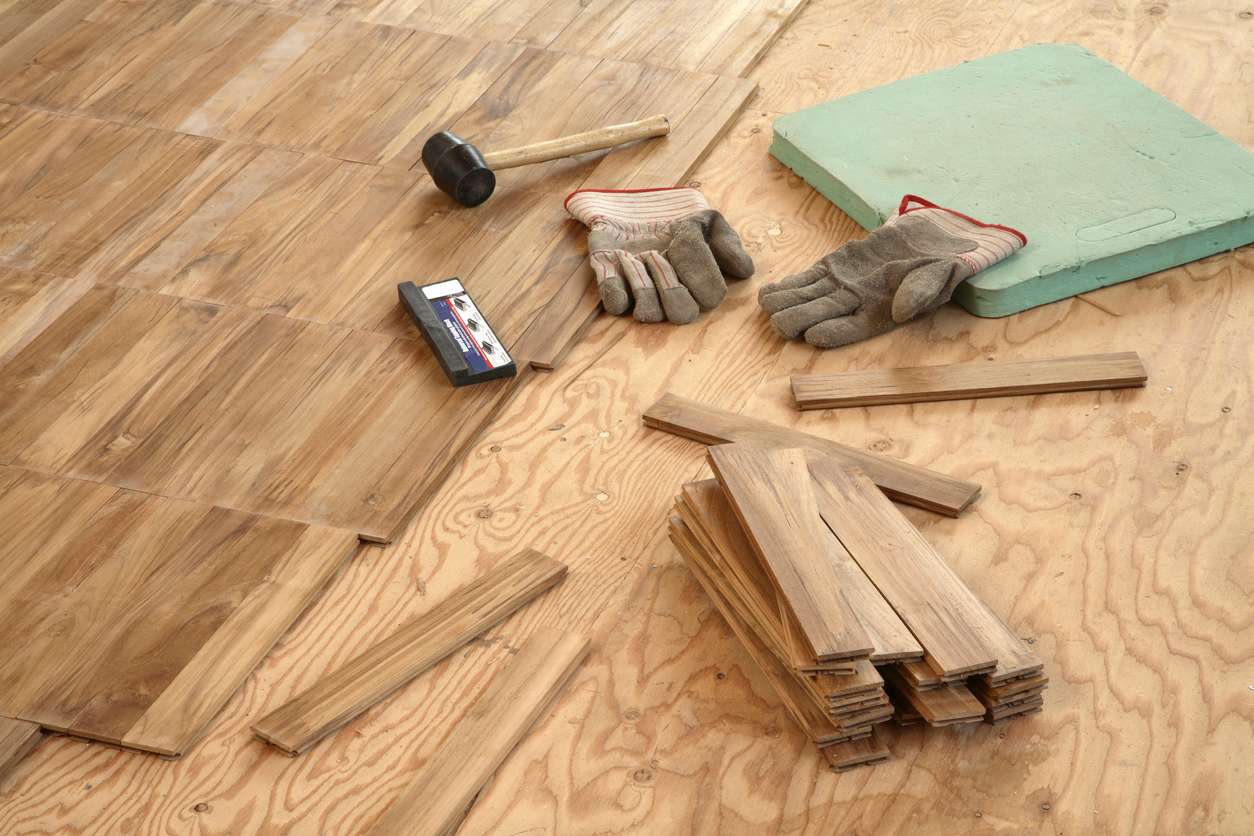
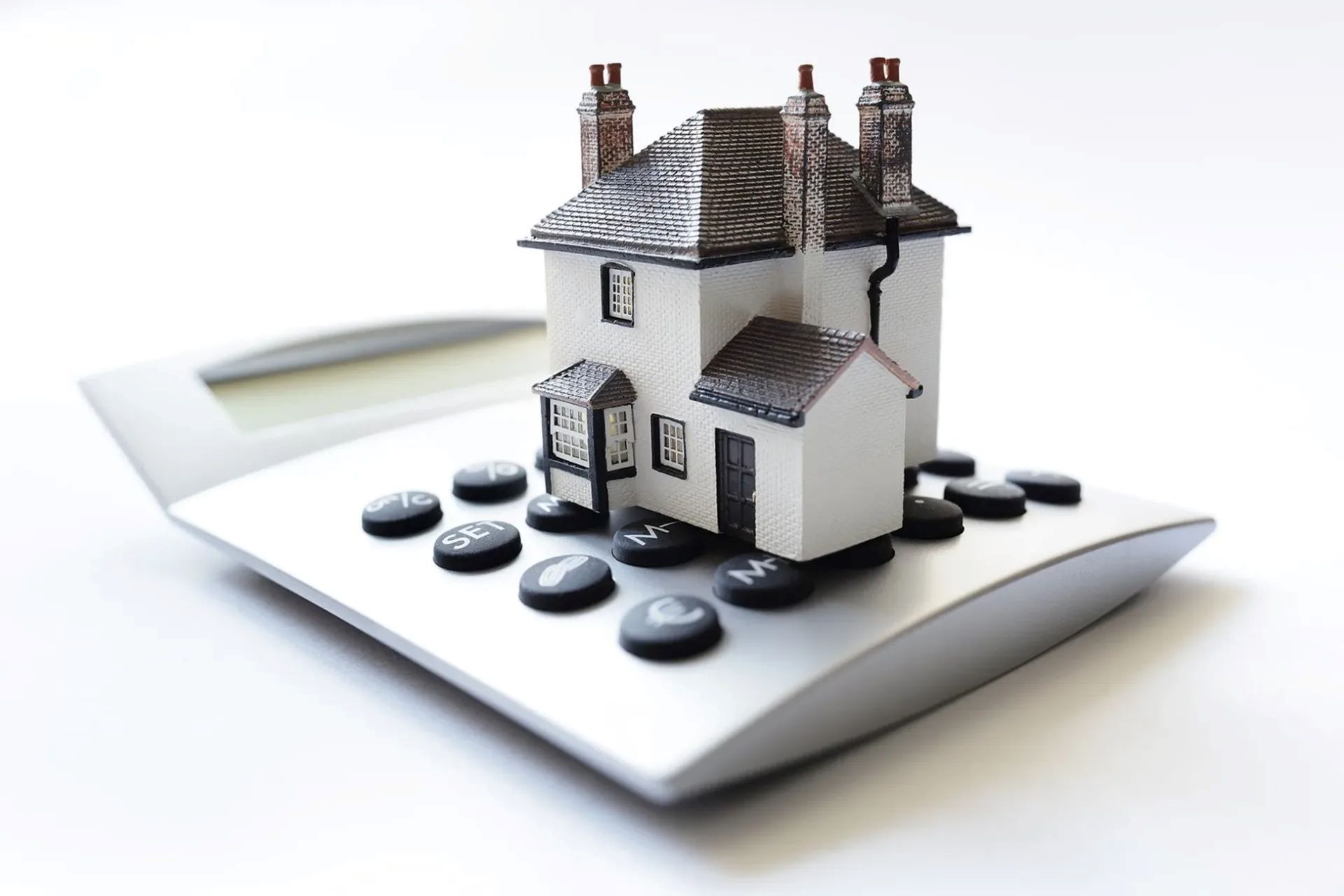
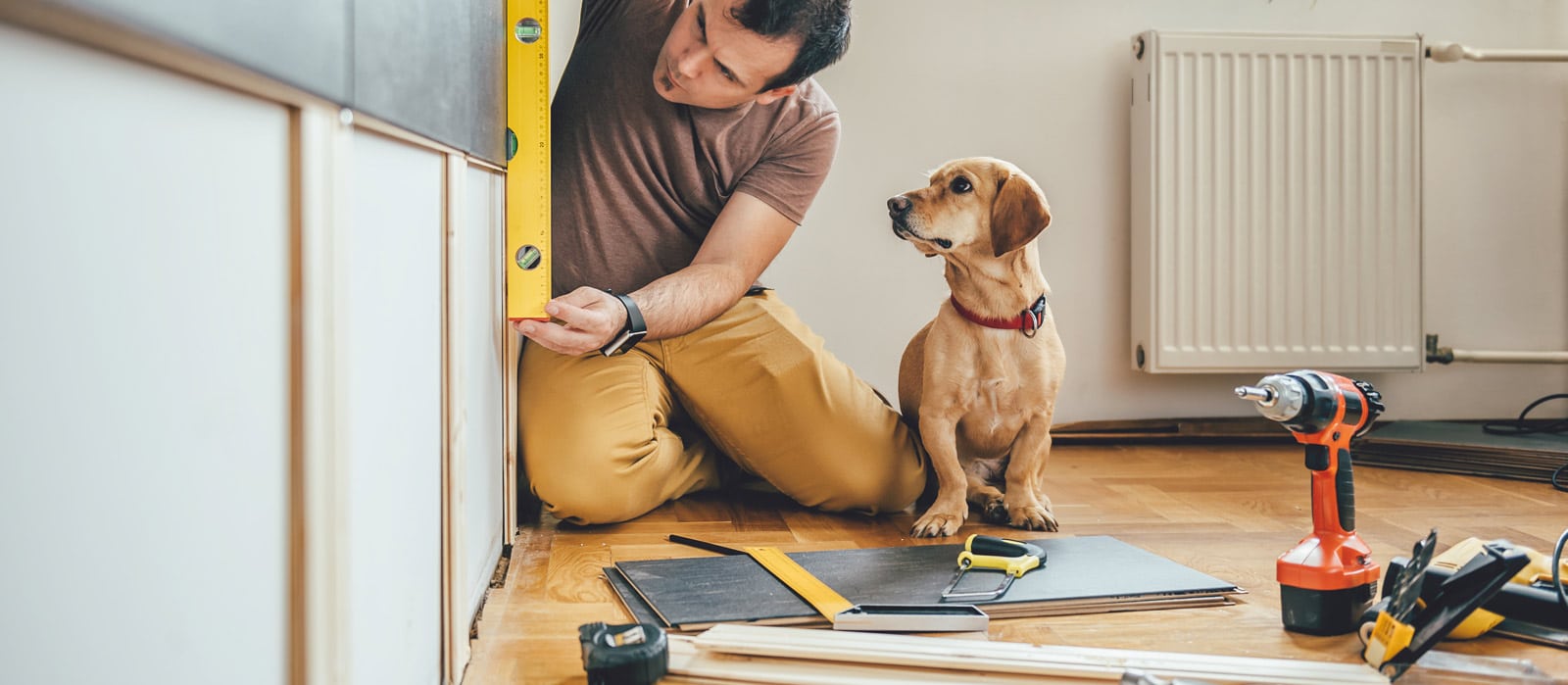


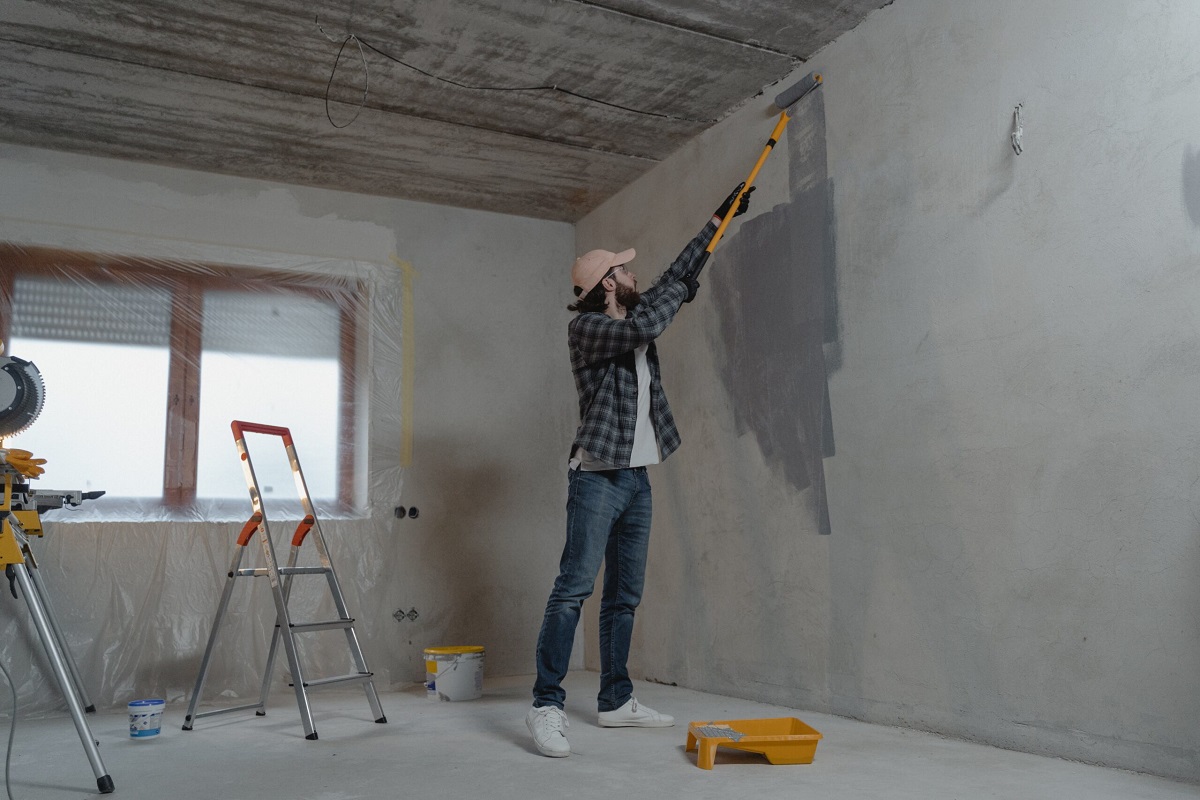
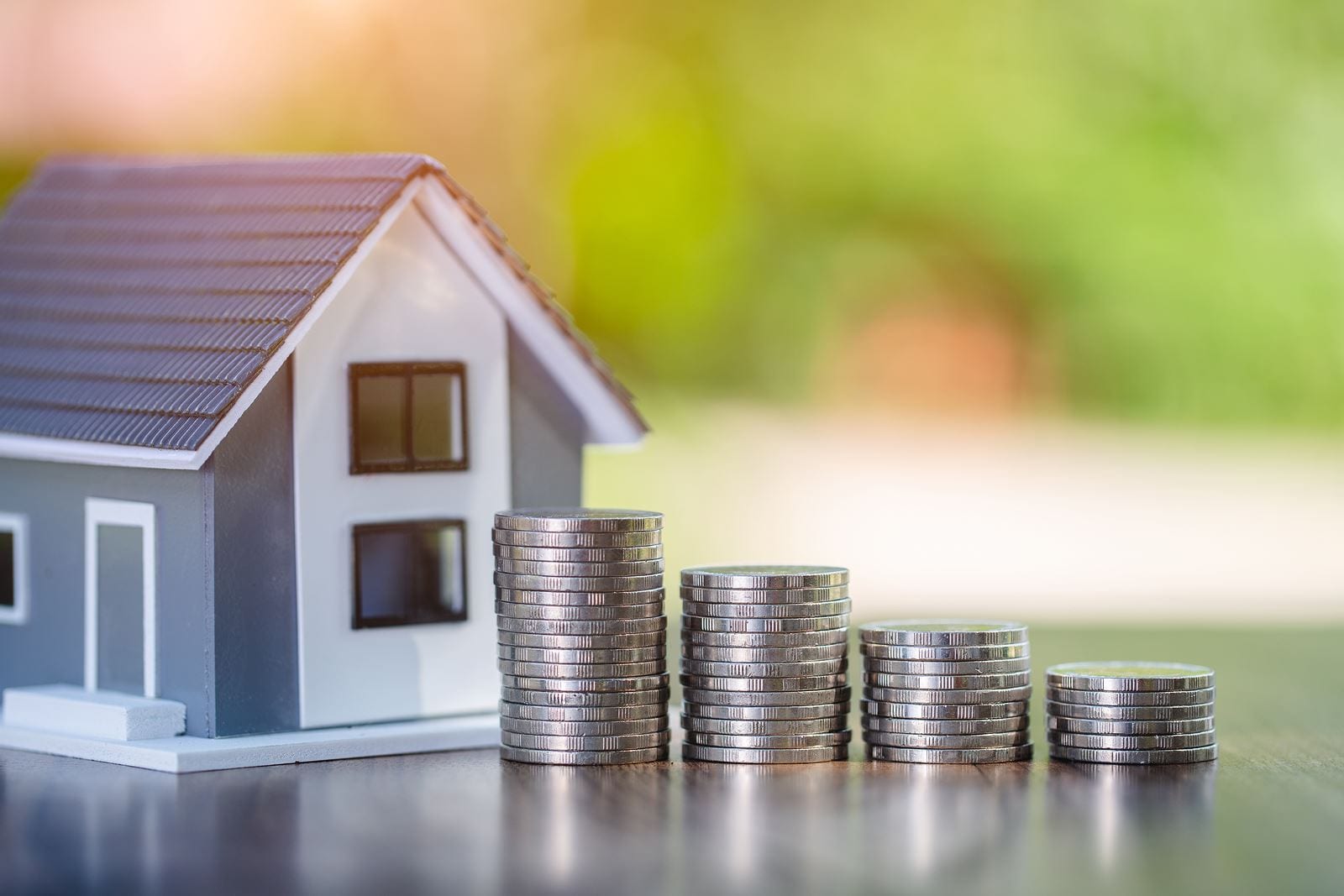
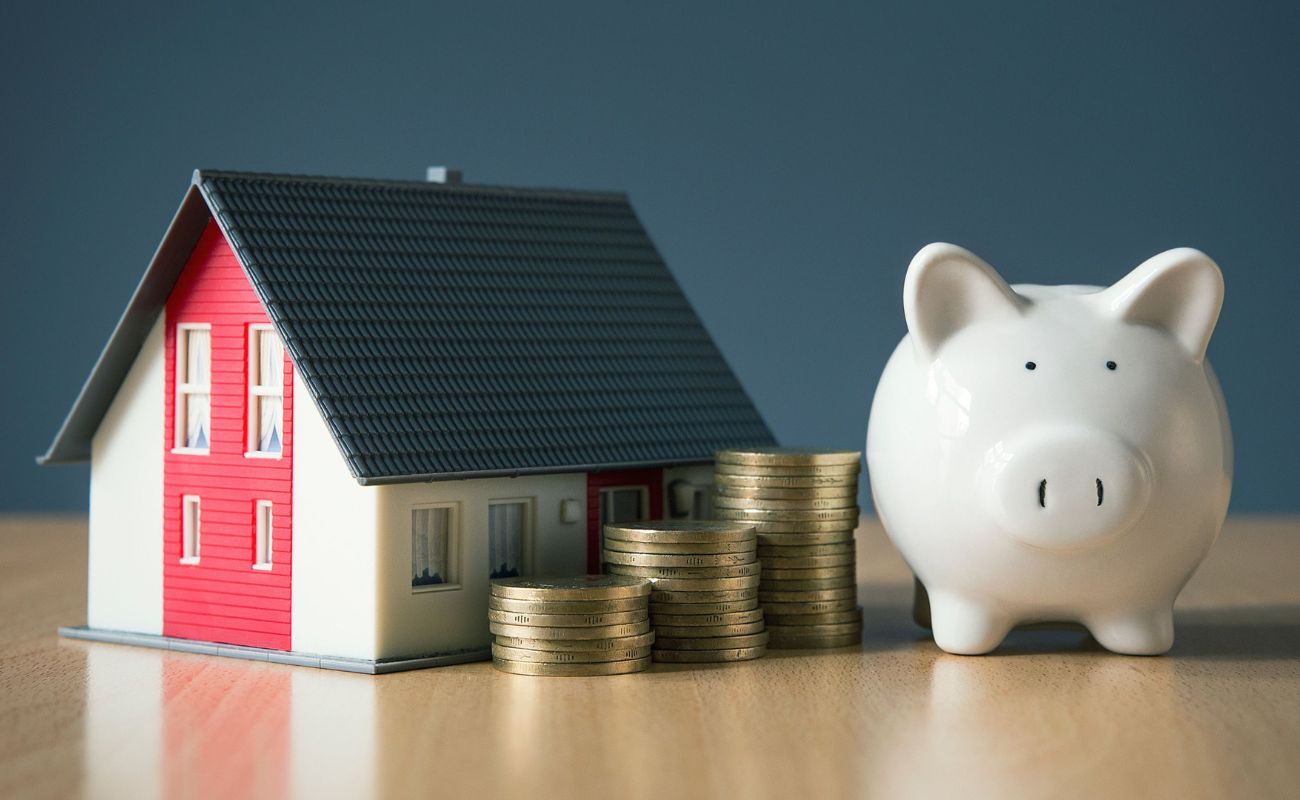
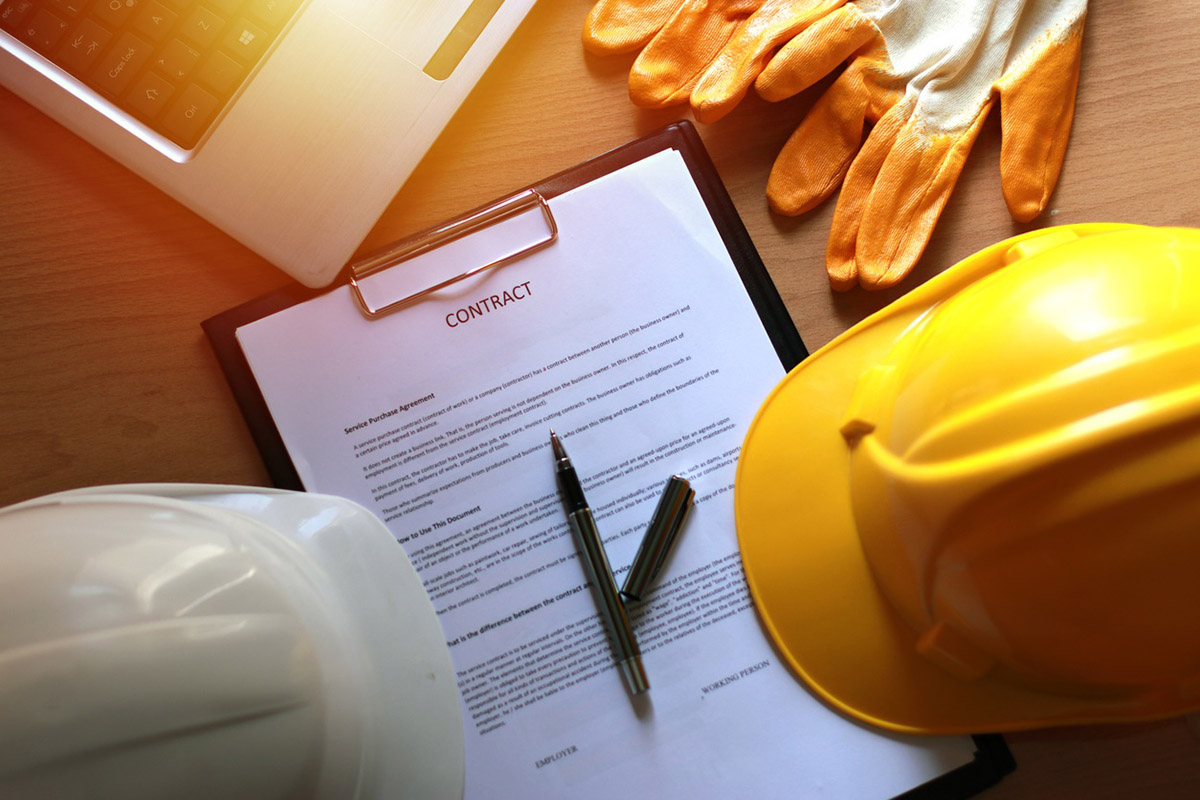


0 thoughts on “How To Finance Home Improvements Without Equity?”